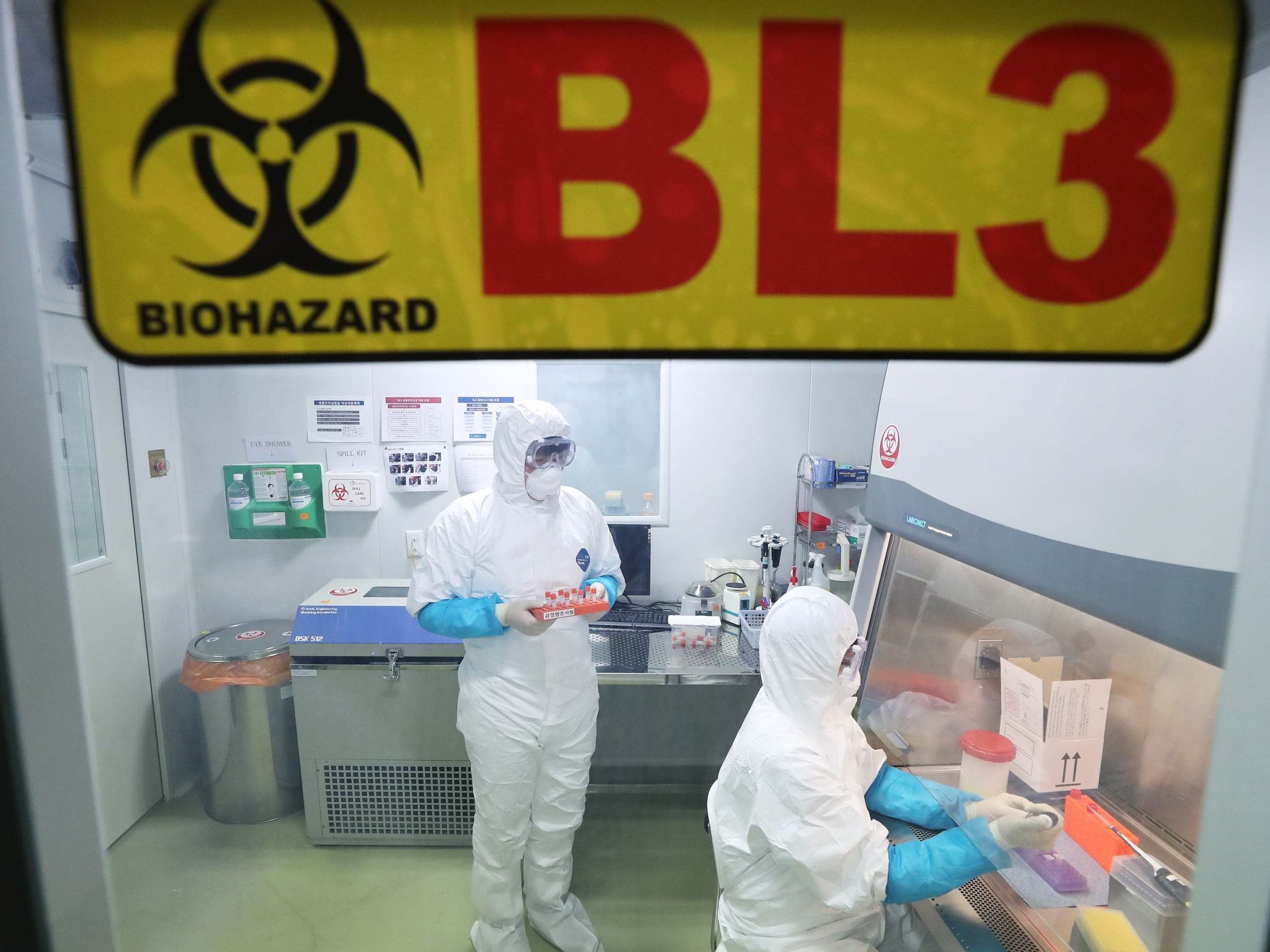China virus: Experts fear hundreds of undisclosed cases of mystery SARS-like illness
Official numbers suggest two dead and 41 infected – but report suggests real total could be far greater

Your support helps us to tell the story
From reproductive rights to climate change to Big Tech, The Independent is on the ground when the story is developing. Whether it's investigating the financials of Elon Musk's pro-Trump PAC or producing our latest documentary, 'The A Word', which shines a light on the American women fighting for reproductive rights, we know how important it is to parse out the facts from the messaging.
At such a critical moment in US history, we need reporters on the ground. Your donation allows us to keep sending journalists to speak to both sides of the story.
The Independent is trusted by Americans across the entire political spectrum. And unlike many other quality news outlets, we choose not to lock Americans out of our reporting and analysis with paywalls. We believe quality journalism should be available to everyone, paid for by those who can afford it.
Your support makes all the difference.The number of people infected by a mysterious and deadly SARS-like virus in China could be “substantially” higher than official reports suggest, researchers have found.
Authorities say two people have died and a further 39 taken ill following the previously unseen outbreak.
But a new study has claimed the number of those affected is more likely to be approaching 2,000.
Researchers at London‘s MRC Centre for Global Infectious Disease Analysis – which advises the World Health Organisation – said they estimated a “total of 1,723 cases” by 12 January, and rising.
The claim came just hours before Chinese authorities revealed on Saturday they had discovered four more cases of pneumonia potentially linked to the outbreak.
The four individuals are now in hospital in Wuhan, the central city at the epicentre of the deadly infection.
For the new study, scientists took the number of cases reported outside China – two in Thailand and one in Japan – to infer how many were likely to have been infected in Wuhan, based on international flight data from the city’s airport.
“For Wuhan to have exported three cases to other countries would imply there would have to be many more cases than have been reported,” Professor Neil Ferguson, one of the report’s authors, told the BBC.
And he added: “I am substantially more concerned than I was a week ago.
“People should be considering the possibility of substantial human-to-human transmission more seriously than they have so far.”
Both the cause of the virus and the way it spreads remain unknown at present but authorities say it appears to be centred around a seafood market in Wuhan.
So far, neither health officials in China nor experts around the rest of the globe believe the disease – a coronavirus that affects the respiratory system – to be as lethal as SARS, but the investigation is evolving.
“This is the stage of the investigation where we need to proceed cautiously and be prepared for any eventuality,” Dr Nancy Messonnier, of the Centers for Disease Control and Prevention in the US, told the Reuters news agency.
Around much of the rest of the world – including in the UK – airports are continuing to screen flights with passengers arriving from Wuhan.
But, to add to potential complications, the outbreak comes ahead of the Lunar New Year holidays in China, which often sees what is called the world’s largest migration.
Some 440 million railway trips are expected to be made by people going home to family next week, along with 79 million flights abroad.
Join our commenting forum
Join thought-provoking conversations, follow other Independent readers and see their replies
Comments